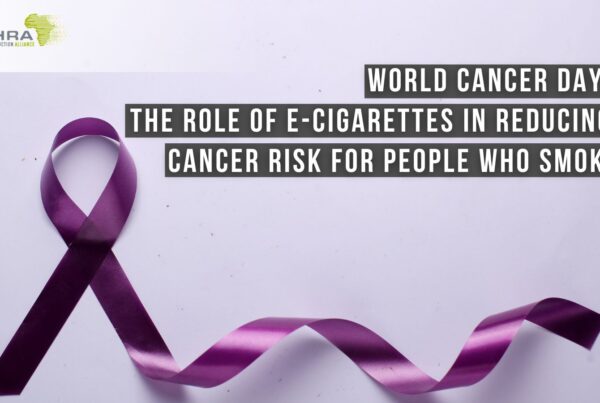The Ministry of Health’s initiative to require graphic health warnings on tobacco and nicotine products is laudable for its intent to educate consumers about the risks associated with tobacco use.
While it’s true that Article 11 of the W.H.O. F.C.T.C. focuses on two key aspects: influential warning labels and restrictions on misleading or deceptive packaging/labelling elements, the current approach by the ministry lumps less harmful nicotine alternatives with combustible cigarettes while failing to recognise established scientific evidence.
Electronic cigarettes and nicotine pouches have been extensively studied and proven to be significantly less harmful than traditional cigarettes. Public Health England, for example, has repeatedly concluded that these products are approximately 95% less harmful than smoking combustible tobacco.
Furthermore, the esteemed Cochrane network has recently established that nicotine alternatives are the most effective methods for smokers to quit or reduce their tobacco consumption. After analysing the cases of 27,235 smokers, Cochrane researchers concluded that the use of vapes increases the likelihood of quitting smoking compared to traditional Nicotine Replacement Therapies (NRTs) such as patches, gums, and lozenges. Smokers who use vapes are more than twice as likely to quit than those who rely solely on behavioural support, they found.

Policymakers and healthcare professionals can best asses the positive impact of nicotine alternatives through the experience of Sweden, which is set to become the first country in the world to achieve ‘smoke-free’ status.
Sweden supplemented traditional tobacco control measures with a strategy that makes vapes and pouches accessible, acceptable, and affordable. As a result, it has virtually eliminated smoking and is reaping a health dividend that includes the lowest cancer incidence in the European Union.
In contrast, Kenya’s proposed Graphic Health Warnings risk sending a misleading message to smokers and the general public. Such warnings are typically associated with traditional cigarettes, which carry a much higher risk of harm due to the combustion of tobacco. Placing misleading warnings on alternative nicotine products could create confusion and deter smokers from transitioning to these less harmful alternatives.
Instead of discouraging the use of alternative nicotine products, the Ministry of Health should focus on revolutionising evidence-based policies that promote harm reduction, smoking cessation and early disease detection and prevention. Evidence based regulation should include initiatives to educate the public about the relative risks of different nicotine products, providing support for smokers who wish to quit, and implementing regulations that ensure the safety and quality of alternative nicotine products. It would also include risk-proportionate taxation of these products.
The Ministry of Health should reconsider its proposed graphic health warnings for alternative nicotine products. In their current form, these would not only be counter-productive to the efforts to improve public health but could also undermine the potential benefits of harm reduction strategies for smokers in Kenya.
Kenya’s Ministry of Health have invited members of the public to send comments, views, representation and any written memoranda on the graphic health warnings which may be hand-delivered to the office of the Principal secretary in Nairobi, or emailed to tcb@health.go.ke ; to be received on or before the 30th April 2024, at 5:00 PM local time.
THR Topics
Popular Posts
Quick Links
Women in THR
Related Posts
 Letter to the World Health Organization (WHO)
Letter to the World Health Organization (WHO)
Letter to the World Health Organization (WHO)
 Public Health implications of vaping in Germany
Public Health implications of vaping in Germany
Public Health implications of vaping in Germany
 Public Health implications of vaping in the United States of America
Public Health implications of vaping in the United States of America








